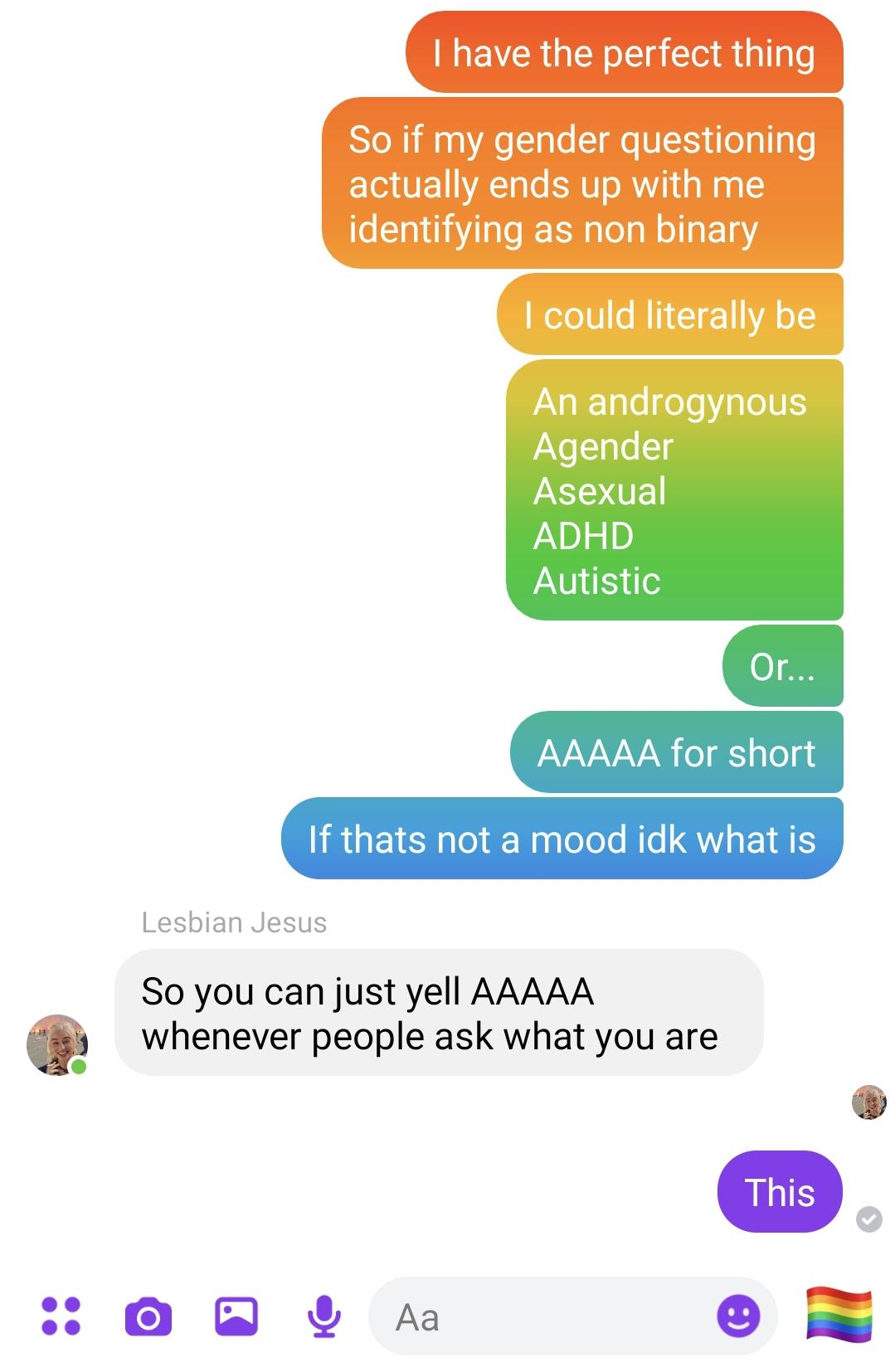The Impact Of Industry Cuts On Accessible Game Design

Table of Contents
Reduced Development Time Impacts Accessibility Features
Shorter development cycles, a direct result of budget cuts and increased pressure to meet deadlines, often lead to the prioritization of core gameplay mechanics over accessibility features. This means features crucial for inclusive game design, such as customizable controls, robust subtitle options, effective colorblind modes, and alternative input methods, may be sacrificed. This "crunch time" mentality puts undue pressure on developers, impacting the quality of all aspects of the game, accessibility included.
- Fewer resources allocated to accessibility testing: Thorough testing with diverse players is essential to ensure accessibility features function correctly and are truly inclusive. Budget cuts often mean fewer testers and less time for testing.
- Reduced time for iterative design and implementation of accessibility features: Accessibility is not a one-size-fits-all solution. Iterative design, incorporating feedback from disabled players, is crucial. Time constraints severely limit this vital process.
- Increased pressure to release a game quickly, leaving accessibility as an afterthought: When deadlines loom, features perceived as non-essential, such as accessibility options, are often the first to be cut. This prioritization leaves many players unable to enjoy the game.
- Difficulty in attracting and retaining specialized accessibility developers: Creating truly accessible games requires skilled developers with expertise in accessibility best practices. Budget constraints make it difficult to offer competitive salaries and benefits, leading to a shortage of skilled professionals in this area.
Financial Constraints Limit Accessibility Technology Investment
Developing robust accessibility features requires significant investment. This includes specialized software, tools, and potentially external consultations with accessibility experts. Industry cuts directly impact the budget allocated to these necessary investments in inclusive design, hindering the creation of truly accessible gaming experiences.
- Limited access to advanced accessibility testing software: Specialized software exists to help identify and address accessibility issues. However, the cost of these tools can be prohibitive, especially under budget constraints.
- Inability to incorporate cutting-edge assistive technologies: Advancements in assistive technology constantly emerge, offering innovative ways to enhance accessibility. Limited budgets prevent the integration of these valuable technologies into game development.
- Reduced opportunities for collaboration with disability advocacy groups: Collaboration with disability advocacy groups provides invaluable insight into the needs and experiences of disabled players. Budget cuts often limit the ability to engage with these crucial partners.
- Lack of funding for research and development in accessible game design: Continuous research and development are essential to improve accessibility in gaming. Insufficient funding restricts innovation and the development of new and better accessibility solutions.
The Impact on Specific Disability Groups
Industry cuts disproportionately affect different disability groups. For example, reduced funding might lead to insufficient audio descriptions for visually impaired players or inadequate controller customization for players with motor impairments. This lack of consideration for specific needs results in an uneven playing field.
- Inadequate implementation of screen reader compatibility for visually impaired players: Visually impaired players rely heavily on screen readers. Poorly implemented screen reader compatibility makes the game unplayable.
- Insufficient closed captioning and audio descriptions for hearing-impaired players: Closed captioning and audio descriptions are essential for hearing-impaired players. Inadequate implementation severely limits their ability to enjoy the game.
- Limited support for alternative input methods for players with motor impairments: Players with motor impairments may require alternative input methods like adaptive controllers or eye-tracking technology. Lack of support for these methods excludes them from gaming.
- Lack of cognitive accessibility features (e.g., simplified tutorials, adjustable difficulty levels) for players with cognitive disabilities: Players with cognitive disabilities often benefit from simplified instructions and adjustable difficulty levels. The absence of these features makes gaming challenging or impossible.
The Long-Term Consequences of Neglecting Accessible Game Design
Ignoring accessible game design not only impacts players with disabilities but also affects the game's overall market reach, brand reputation, and ethical standing. It is a matter of both ethical responsibility and sound business strategy. An inclusive approach expands your potential player base significantly.
- Reduced market share due to exclusion of a significant portion of potential players: The gaming community encompasses a vast and diverse player base, including many players with disabilities. Excluding this significant group reduces potential market share.
- Negative impact on the game's brand image and public perception: Neglecting accessibility can damage a game's reputation and create a negative public perception, potentially leading to boycotts or criticism.
- Loss of potential revenue from a substantial player base: The disabled gaming community represents a significant potential revenue stream. Ignoring this market segment means losing out on substantial income.
- Increased risk of legal challenges related to discrimination and accessibility violations: In some regions, inadequate accessibility can lead to legal repercussions. Proactive inclusion avoids this risk.
Conclusion
Industry cuts pose a significant threat to the progress of accessible game design, limiting the development and implementation of crucial accessibility features and technologies. This ultimately excludes a large and valuable segment of potential players and negatively impacts the industry's ethical standing. We must advocate for increased investment in accessible game design. Developers, publishers, and gamers alike need to prioritize inclusivity and demand better accessibility standards. Let's work together to ensure that everyone can enjoy the joy of gaming, regardless of ability. Support developers committed to accessible game design and demand more inclusive game experiences. Let's make accessible game design a priority, not an afterthought.

Featured Posts
-
 The Latest From Dylan Dreyer And Brian Fichera A New Post And Fan Response
May 23, 2025
The Latest From Dylan Dreyer And Brian Fichera A New Post And Fan Response
May 23, 2025 -
 I Wish I D Died Freddie Flintoff Reflects On Devastating Car Crash
May 23, 2025
I Wish I D Died Freddie Flintoff Reflects On Devastating Car Crash
May 23, 2025 -
 How Jesse Eisenberg Cast Kieran Culkin For A Real Pain A Casual Approach
May 23, 2025
How Jesse Eisenberg Cast Kieran Culkin For A Real Pain A Casual Approach
May 23, 2025 -
 Tfasyl Hjwm Washntn Mutlq Alnar Yhtf Lflstyn
May 23, 2025
Tfasyl Hjwm Washntn Mutlq Alnar Yhtf Lflstyn
May 23, 2025 -
 Swiss Landslide Threat Livestock Evacuated By Hoof And Helicopter
May 23, 2025
Swiss Landslide Threat Livestock Evacuated By Hoof And Helicopter
May 23, 2025
Latest Posts
-
 Review Jonathan Groffs Just In Time A Captivating Bobby Darin Tribute
May 23, 2025
Review Jonathan Groffs Just In Time A Captivating Bobby Darin Tribute
May 23, 2025 -
 Jonathan Groffs Just In Time A 1965 Style Party On Stage
May 23, 2025
Jonathan Groffs Just In Time A 1965 Style Party On Stage
May 23, 2025 -
 Just In Time Review Jonathan Groff Shines In A Stellar Bobby Darin Musical
May 23, 2025
Just In Time Review Jonathan Groff Shines In A Stellar Bobby Darin Musical
May 23, 2025 -
 Jonathan Groffs Just In Time Performance Exploring The Artistic Process And Raw Talent
May 23, 2025
Jonathan Groffs Just In Time Performance Exploring The Artistic Process And Raw Talent
May 23, 2025 -
 Jonathan Groffs Past An Open Conversation About Asexuality
May 23, 2025
Jonathan Groffs Past An Open Conversation About Asexuality
May 23, 2025
